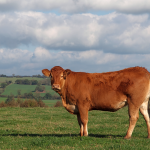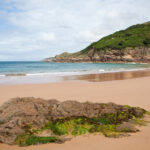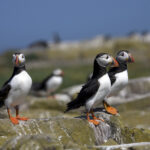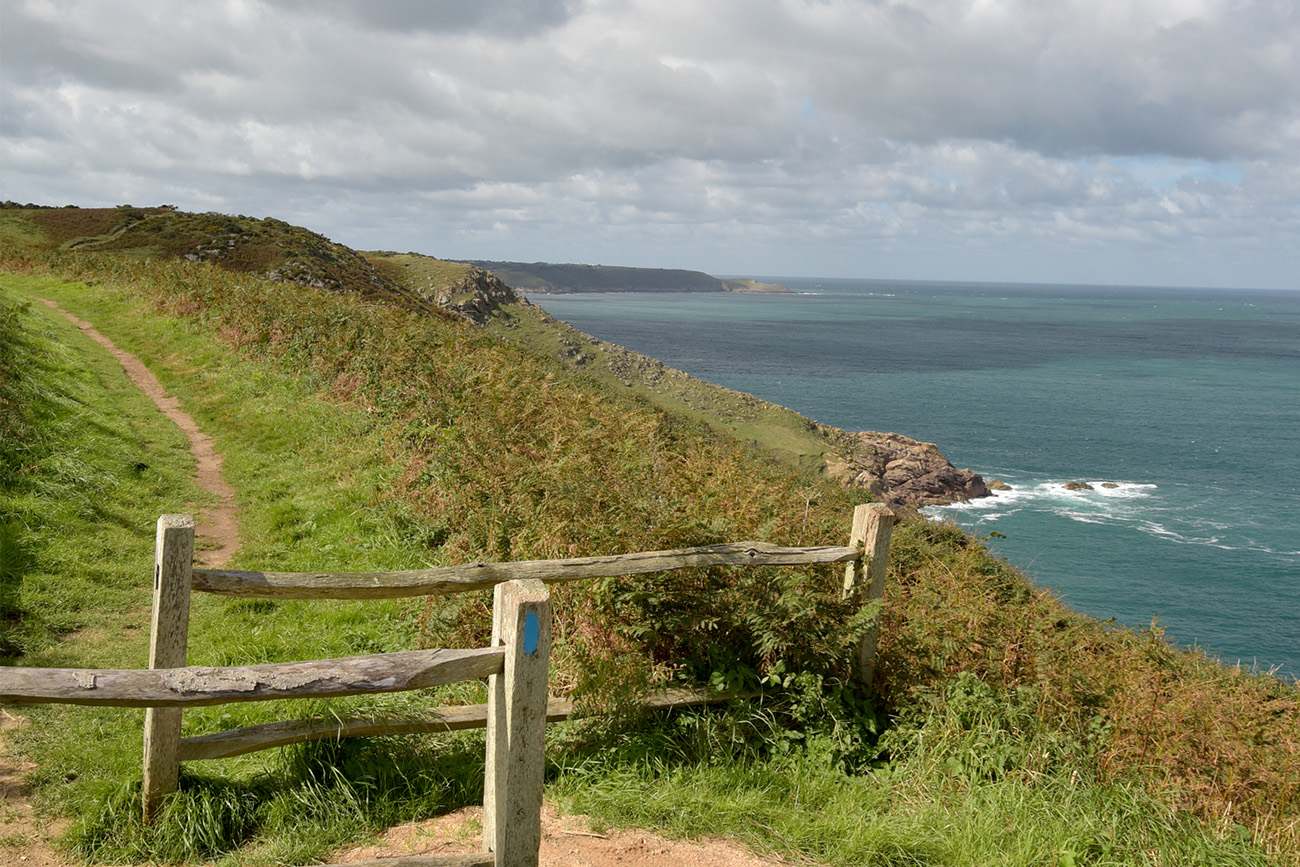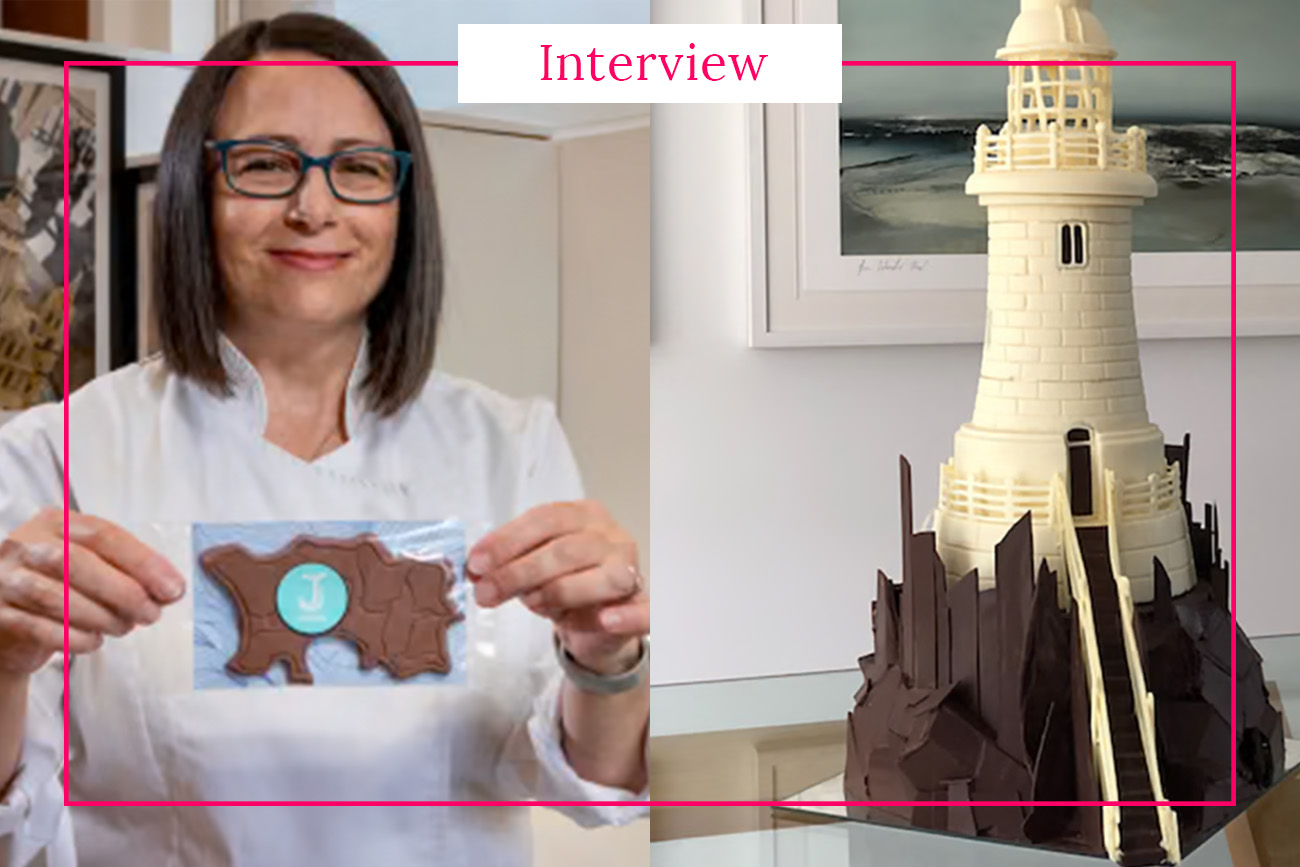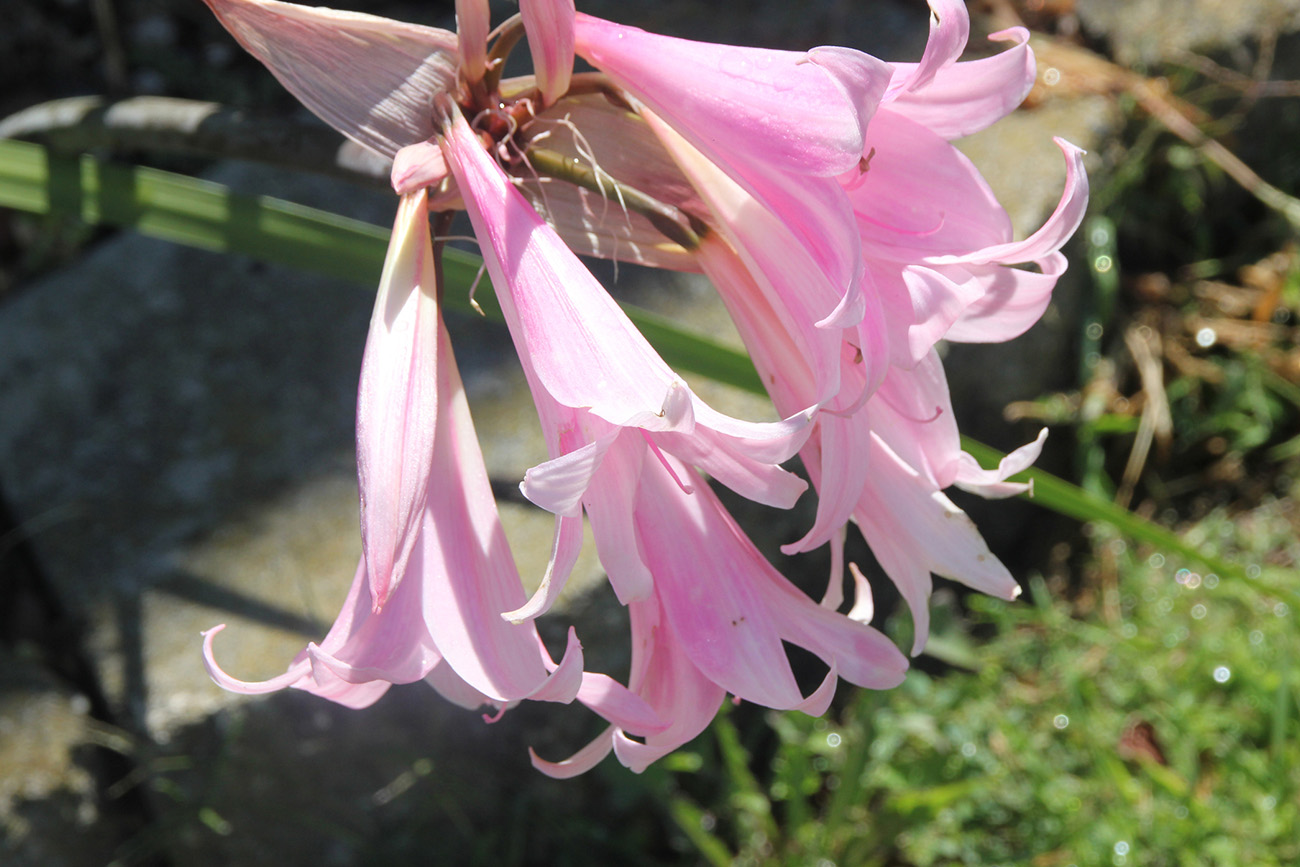
The Channel Islands, situated off the coast of Normandy, France, are a haven for rare and exotic flora and fauna. The islands’ unique mix of coastal and inland ecosystems, combined with their temperate maritime climate, paves the way for an abundance of flora and fauna that is often overshadowed by mainland species.
Understanding and appreciating the flora and fauna requires an expedition into their stunning natural landscapes and a commitment to conservation. Whether you are trekking along the coastal paths of Sark, exploring the sandy dunes of Jersey, or wandering through the countryside of Guernsey, opportunities abound to connect with nature and witness some truly unique species. As the Islands’ isolated location has allowed species to evolve independently, resulting in some truly remarkable finds.
For example, the agile frog, found only on the island of Jersey, is a tiny but mighty inhabitant, while the vibrant, scarlet-flowering Lundy cabbage, endemic to the island of Lundy (an island in front of the UK Devon coast), adds a pop of colour to the coastline.
Jersey Lily (Nerine sarniensis)
A plant synonymous with the Channel Islands, the Jersey Lily dazzles visitors with its striking pink flowers. Although it’s originally from South Africa, its thriving population in Jersey owes much to the relatively mild climate and favourable growing conditions.
This perennial bulb, flowering from late summer to early autumn, has not only become emblematic of the region but also a symbol of resilience, surviving in the wild and often spotted adorning gardens throughout the islands.
My tip: Crafting a Jersey Lily-inspired paper flower
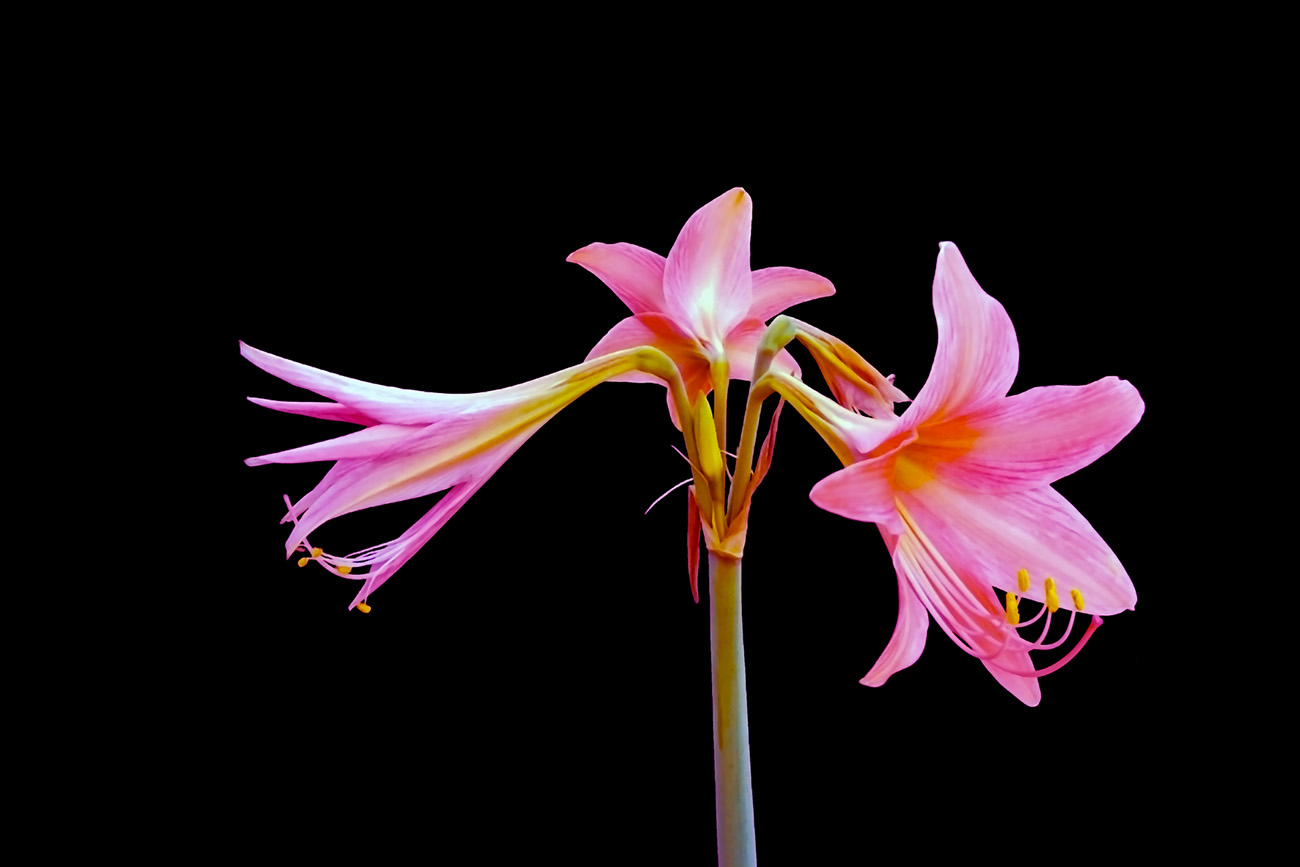
Jersey Lily
Sea Thrift (Armeria maritima)
With its stunning clusters of pink blooms gracing rocky cliffs and coastal grasses, Sea Thrift is a quintessential coastal plant found throughout the Channel Islands. This hardy perennial flourishes in sandy and salty soils, showcasing its adaptation to the marine environment.
It is not just an aesthetic treasure; Sea Thrift plays a vital role in coastal erosion prevention, helping stabilise delicate dune systems and supporting local ecosystems 😉
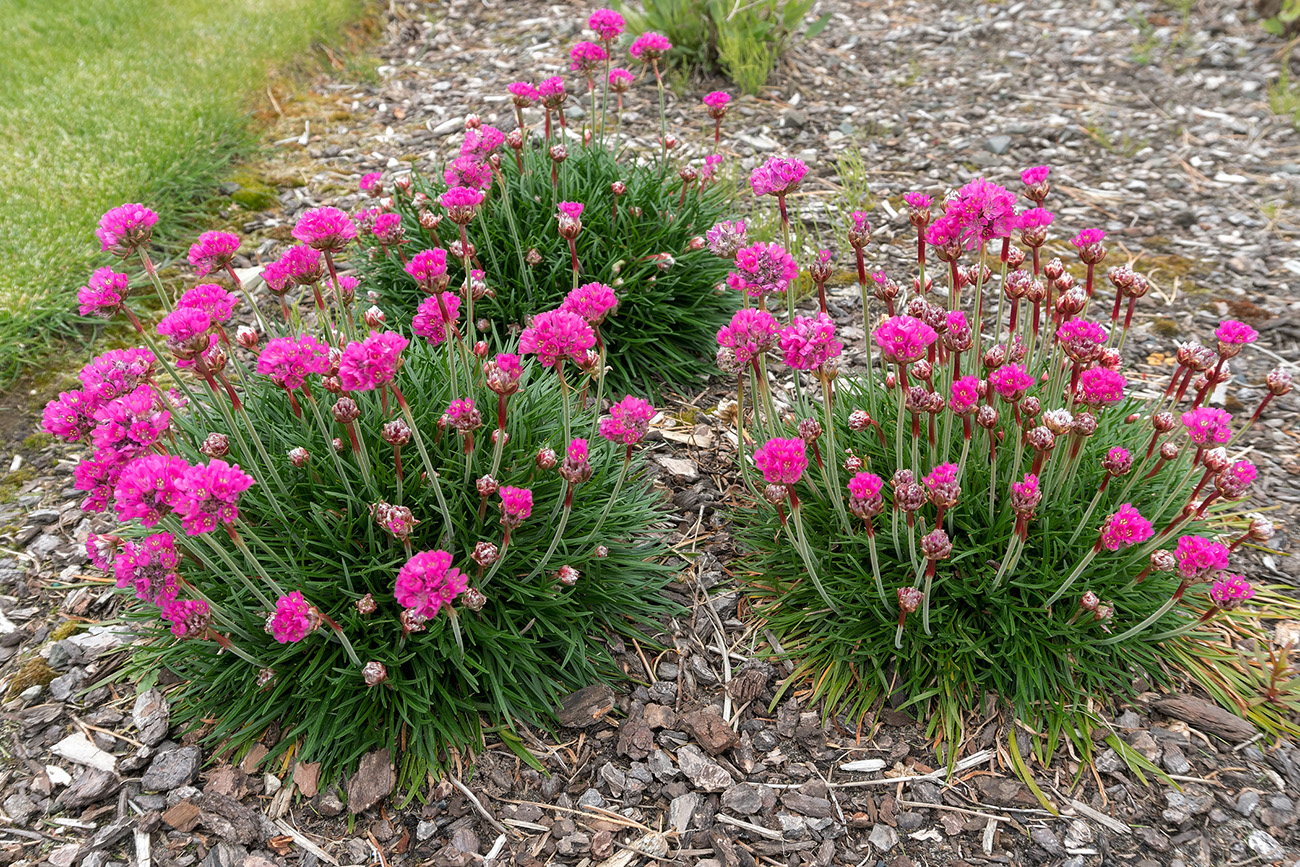
Sea Thrift
Dune Helleborine (Epipactis dunensis)
This striking orchid has a very limited distribution and is primarily found in coastal dune systems. The Dune Helleborine features greenish-purple flowers that blossom in late summer, and while it may not be as flamboyant as its relatives, its understated beauty and ecological significance are undeniable.
Protecting its habitat is crucial as such specialised environments face pressures from coastal development and environmental changes.
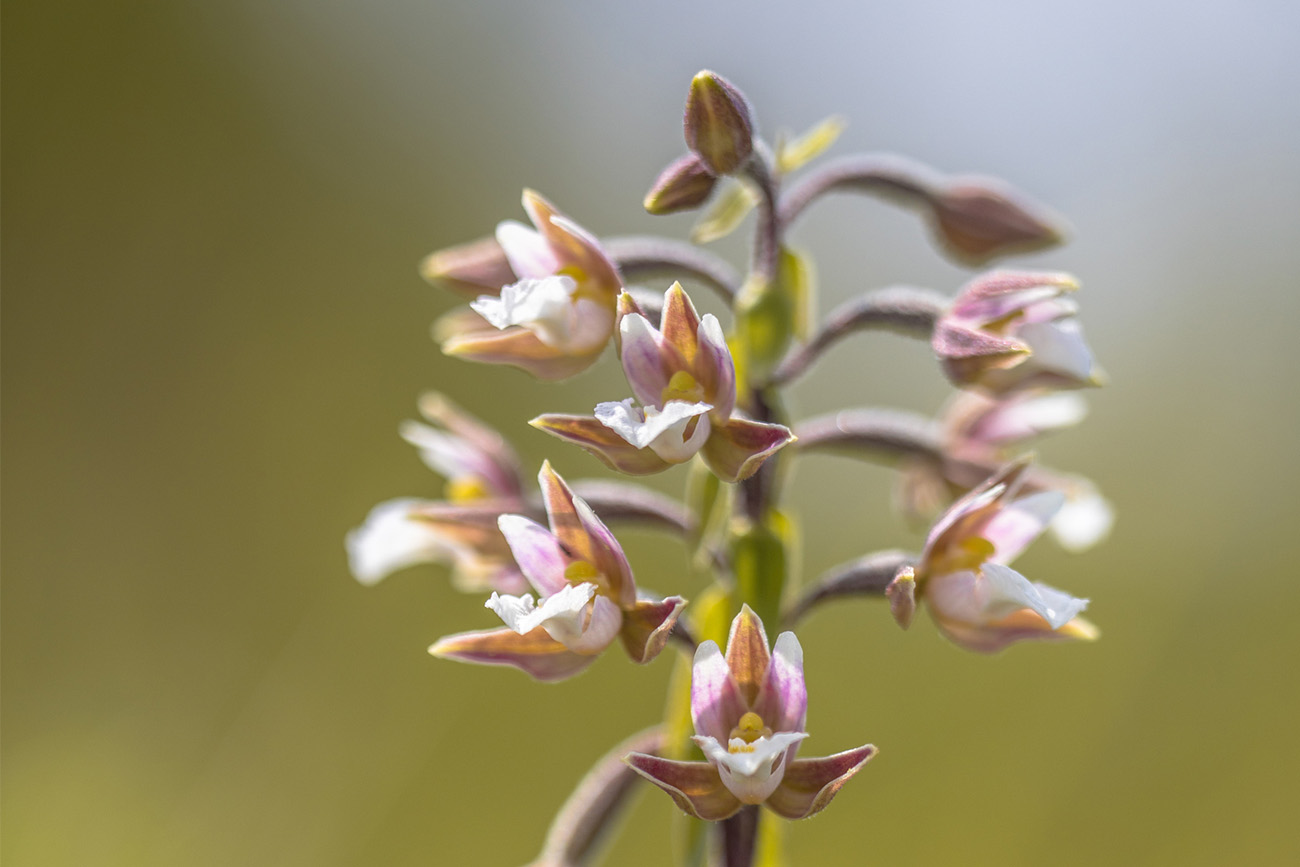
Dune Helleborine
Jersey Cabbage (Atriplex glabriuscula)
This rare coastal plant, also known as the Jersey Scurvy Grass, is renowned for its thick, succulent leaves and ability to thrive in nutrient-poor soils. Found mostly on the shores of Jersey, this member of the saltbush family offers food and habitat to various species.
Conservation efforts are ongoing to ensure it does not succumb to habitat loss, highlighting the delicate balance within the Channel Islands’ ecosystems.
The rich biodiversity of the Channel Islands is under constant threat from climate change, habitat loss, and pollution. Reactive conservation strategies and proactive public engagement are crucial for maintaining the islands’ unique floral and faunal diversity.
Non-profit organisations and government agencies work hand in hand to create protected areas, improve habitats, and raise awareness about the ecological significance of the islands. From educational guided walks with experts to volunteer programs aimed at habitat restoration, there’s an array of ways to engage and contribute to the conservation efforts.
One such initiative is the Jersey Biodiversity Strategy, aiming to conserve the island’s natural environment and wildlife for future generations. This multi-layered approach includes habitat restoration, species protection, and community-oriented activities designed to cultivate a sense of environmental stewardship among residents and visitors alike.
These islands remind us of nature’s incredible diversity and the importance of preserving it for the future. Together, through awareness, education, and active conservation, we can contribute to the survival and flourishing of these natural wonders, ensuring the Channel Islands remain a vibrant sanctuary for generations to come!
Would you like to explore more of the Channel Islands? Then don’t miss out on the following article: Discovering Inner Peace Amidst Natural Beauty in the Channel Islands

